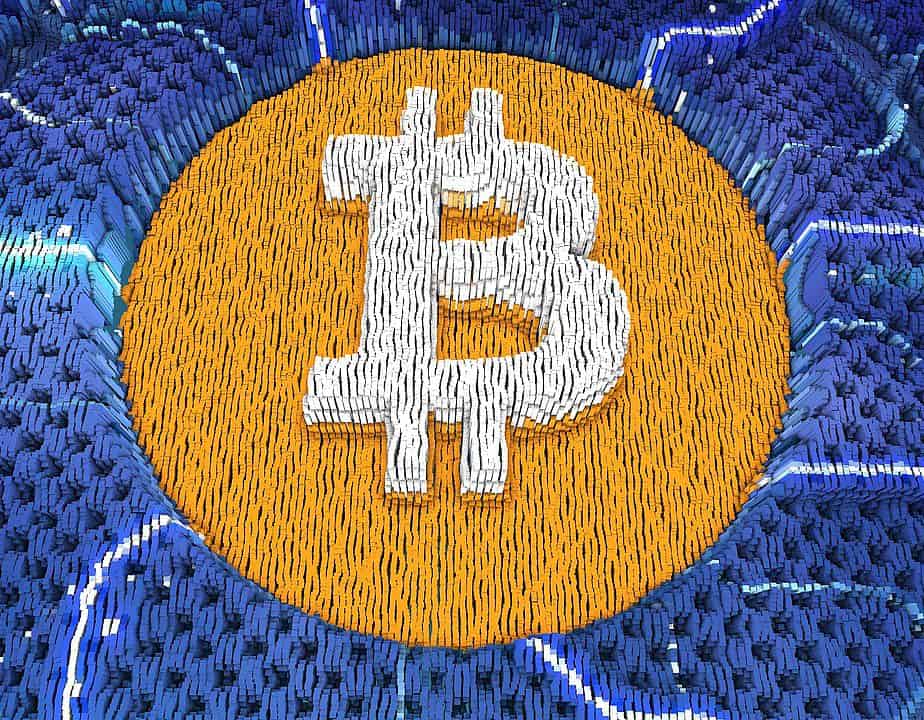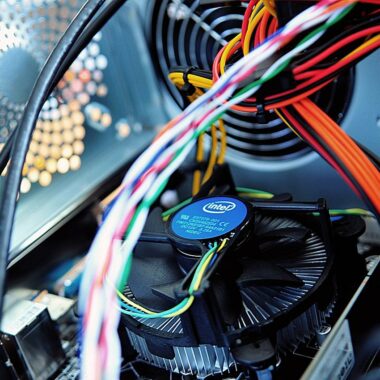Mining pools are groups of cryptocurrency miners who combine their computing power to increase their chances of solving complex cryptographic puzzles and earning rewards. By pooling their resources, miners can achieve a higher probability of finding blocks, receiving block rewards, and earning more cryptocurrency compared to solo mining.
Cryptocurrency mining is a competitive process that requires large amounts of computational power to solve complex mathematical problems. Miners compete with each other to be the first to solve these problems, which is also called finding blocks. Once a miner finds a block, they receive a reward in the form of cryptocurrency.
However, finding blocks becomes more difficult over time as the network’s computational power increases. Solo mining becomes less profitable as the difficulty level increases, making it more challenging for a single miner to earn rewards. This is where mining pools come in.
By joining a mining pool, miners can pool their computational power and increase their chances of solving a block. When a block is found, the rewards are divided among all pool participants based on the amount of computational power they contributed. This makes it easier for individual miners to earn rewards and reduces the variance in rewards.
There are many different mining pools available, each with its own rules, fees, and rewards structure. Some pools are large and have hundreds of thousands of miners, while others are smaller and more specialized. Miners can choose to join a pool based on their individual needs and preferences.
In conclusion, mining pools are a useful tool for cryptocurrency miners who want to increase their chances of earning rewards. By combining their computational power, miners can reduce the variance in rewards and increase their overall earning potential. Miners can choose from a wide range of mining pools to find the one that best suits their needs and preferences.
Mining pools are groups of cryptocurrency miners who combine their computing power to increase their chances of earning rewards from mining. In cryptocurrency mining, miners compete to be the first to solve complex mathematical problems, which is also known as finding blocks. Once a miner finds a block, they receive a reward in the form of cryptocurrency.
However, solo mining can be unprofitable as the difficulty level increases and the competition becomes more intense. Mining pools solve this issue by allowing miners to pool their computational power and work together to find blocks.
Here’s how it works:
– Miners join a mining pool by connecting their mining equipment to the pool’s server.
– The pool’s server assigns a portion of the mathematical problem to each miner to solve.
– Each miner works on their portion of the problem, and when one of the miners finds a solution, the pool’s server announces it to the network.
– The rewards for finding a block are then divided among all the pool participants based on the amount of computational power they contributed.
This process continues, with miners working together to find blocks and earn rewards.
By joining a mining pool, individual miners can increase their chances of earning rewards and reduce the variance in rewards. They can also reduce their electricity and hardware costs, as they are sharing the computational power and resources with other miners in the pool.
However, it’s important to note that mining pools typically charge a fee for their services, which can eat into the rewards earned by the miners. Miners should carefully consider the fees, rules, and rewards structure of a mining pool before joining.











